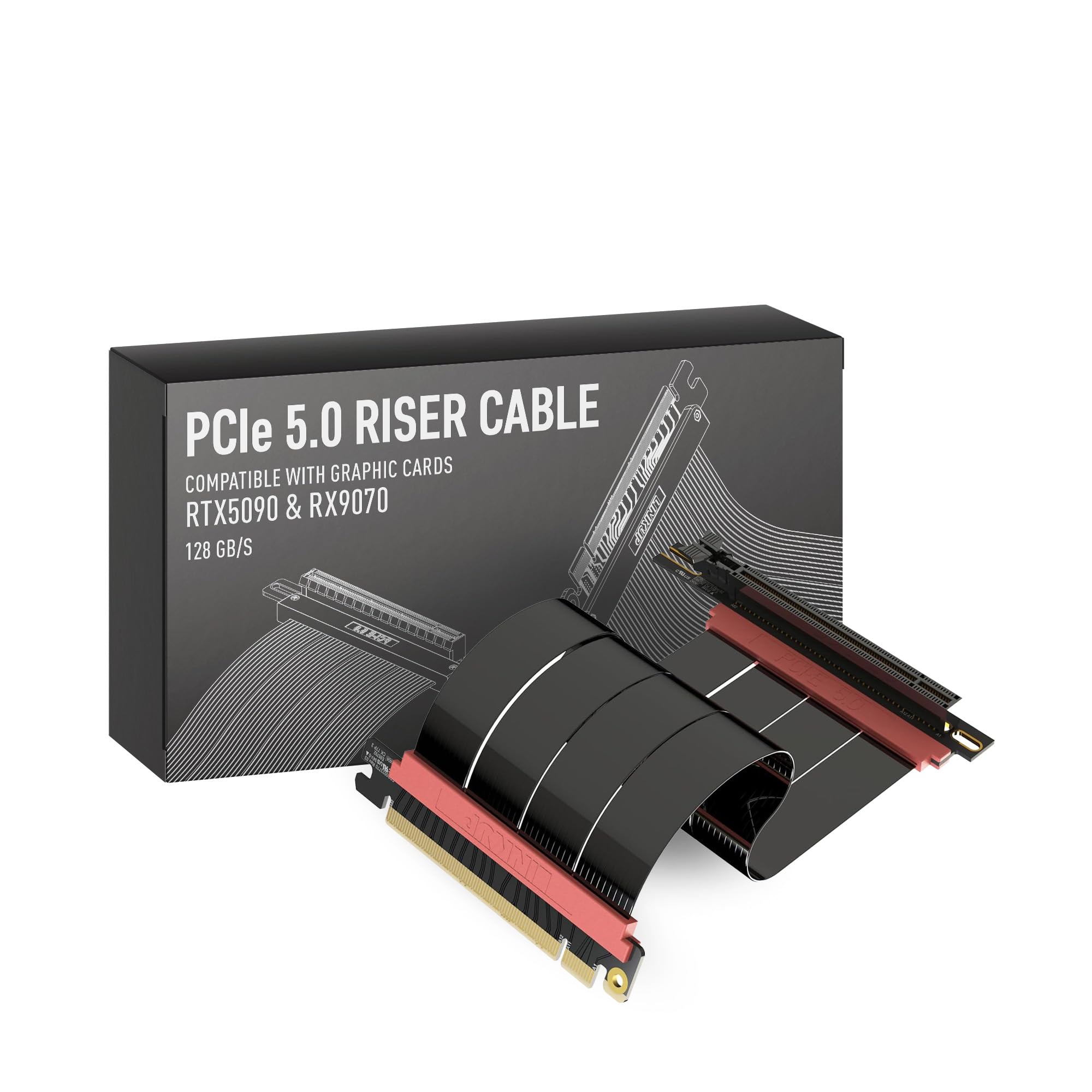Customer Services
Copyright © 2025 Desertcart Holdings Limited
Desert Online General Trading LLC
Dubai, United Arab Emirates







🚀 Elevate your GPU game with flawless speed and style
The LINKUP PCIe 5.0 Riser Cable is a 20cm right-angle extension designed for vertical GPU mounting, delivering full PCIe Gen5 x16 bandwidth (128GB/s) with advanced shielding to minimize interference. Compatible with next-gen GPUs like RTX 5090 and RX 9070, it supports various PC builds including SFF/ITX and water-cooled rigs. This cable enhances airflow and aesthetics while ensuring stable, high-speed performance, backed by responsive customer support and a direct-exchange warranty.






Trustpilot
1 month ago
5 days ago